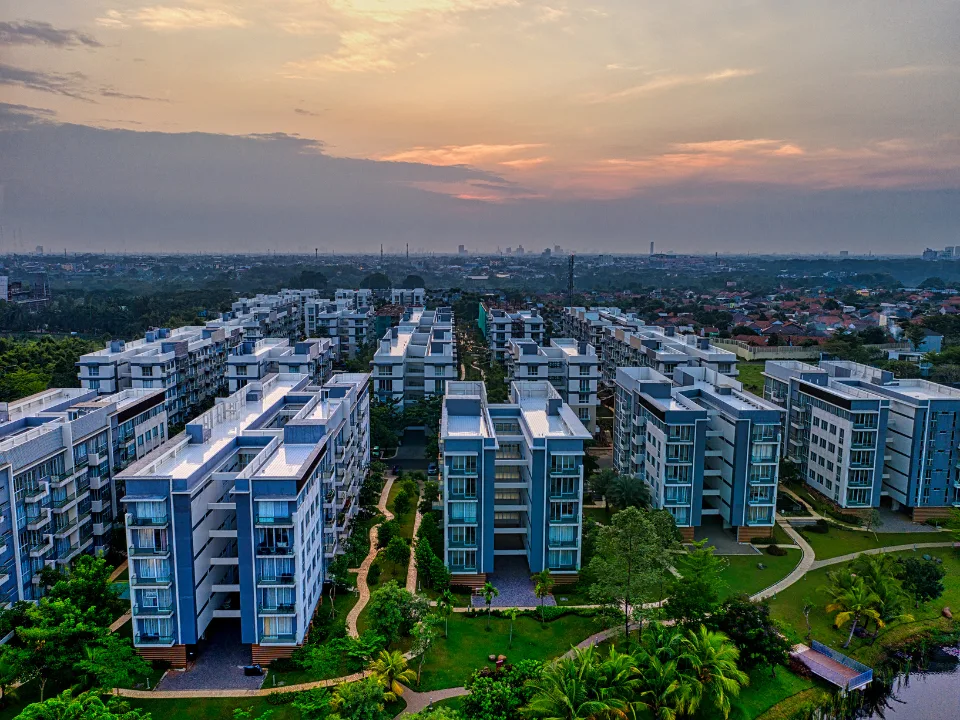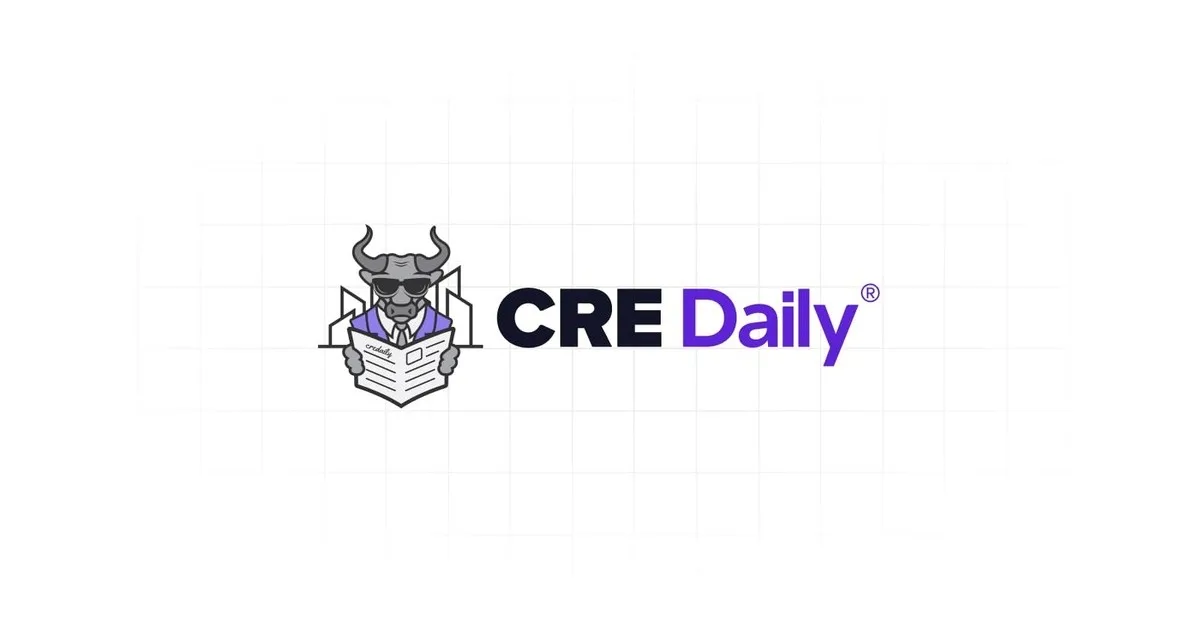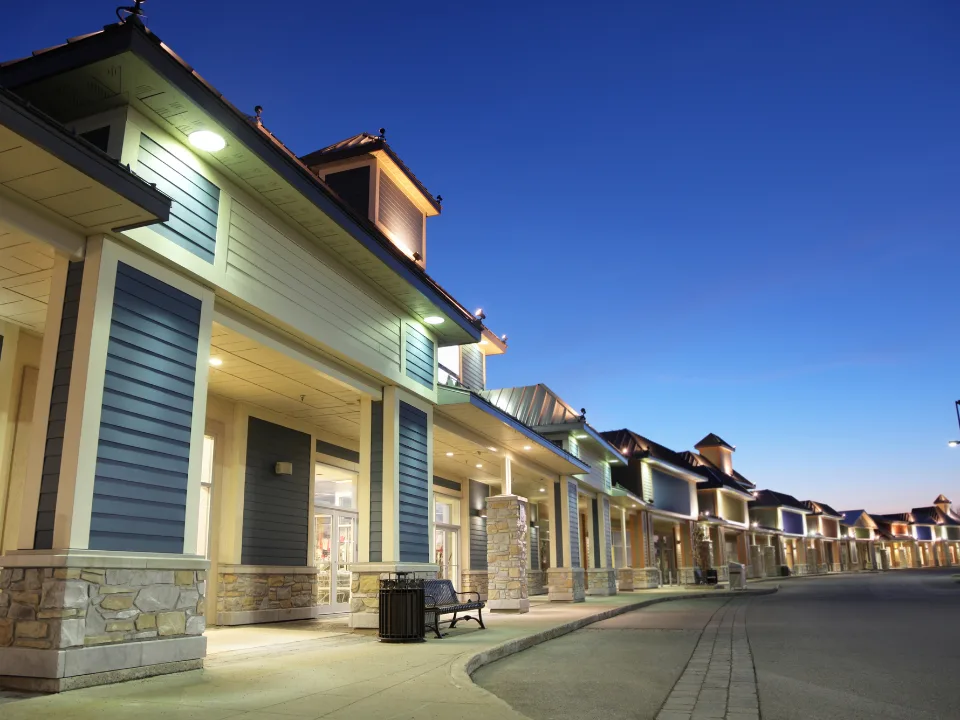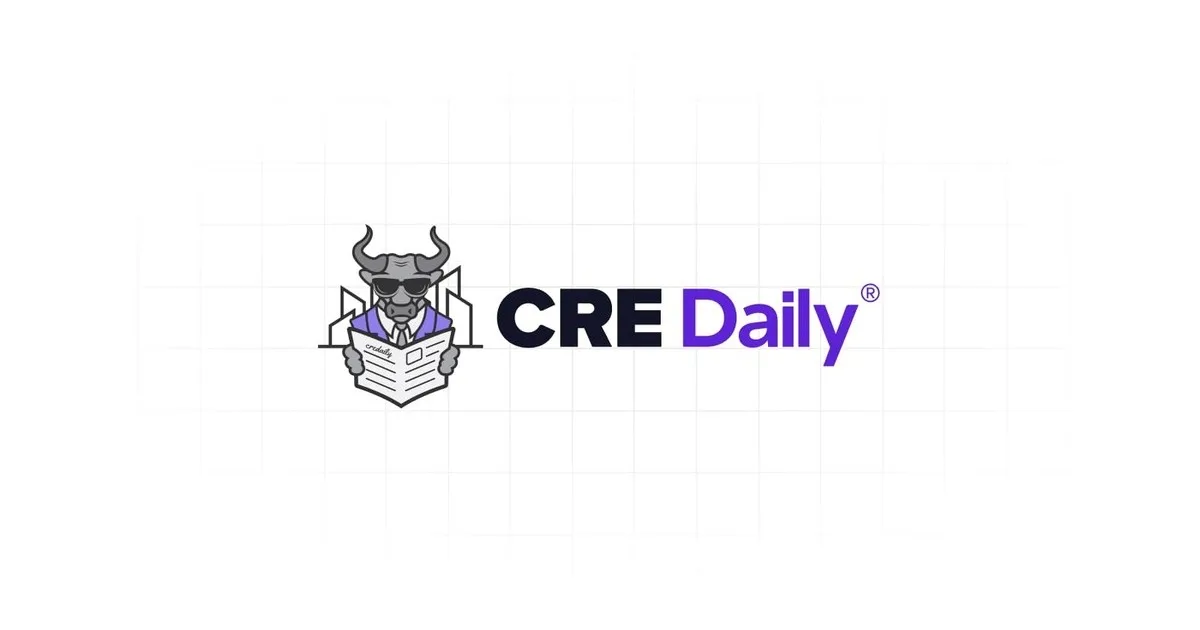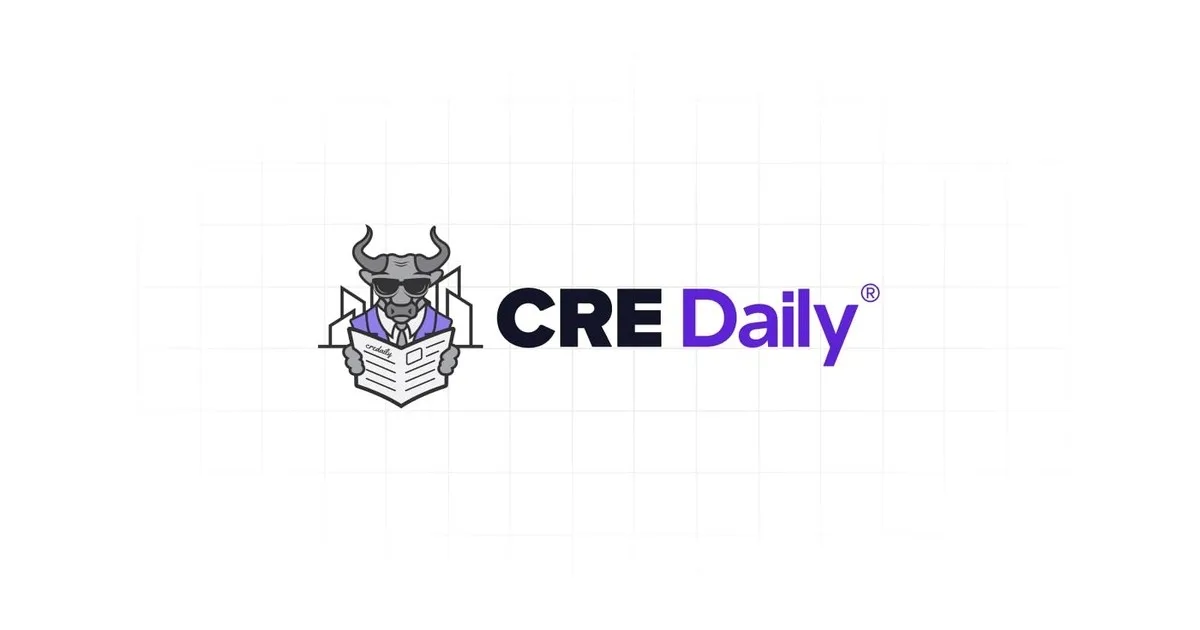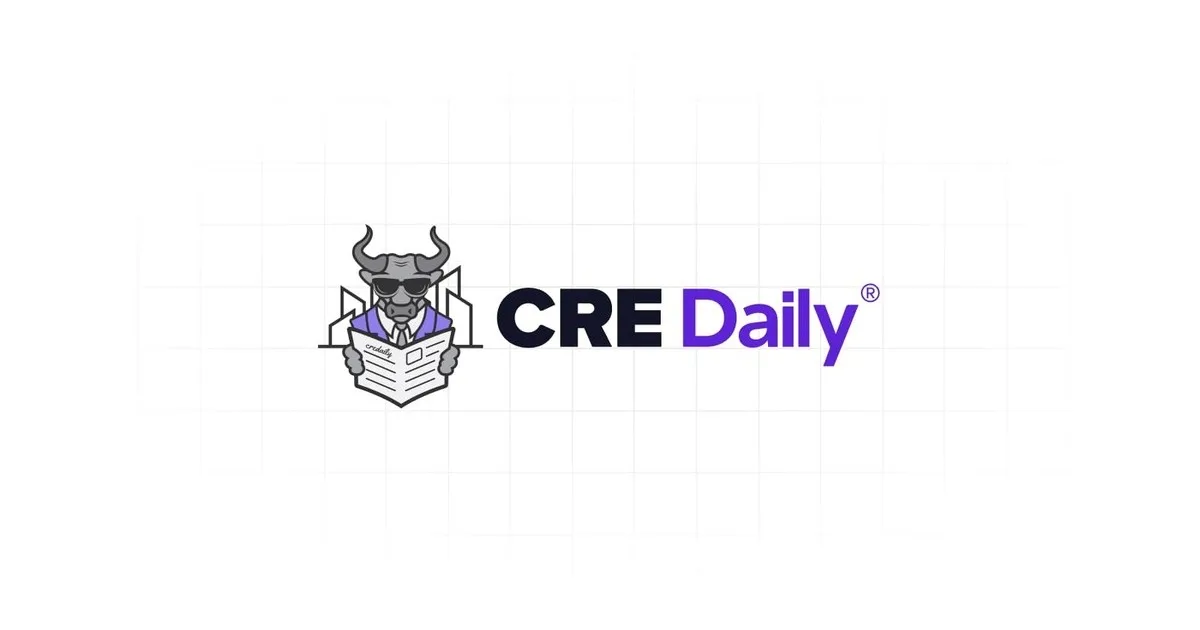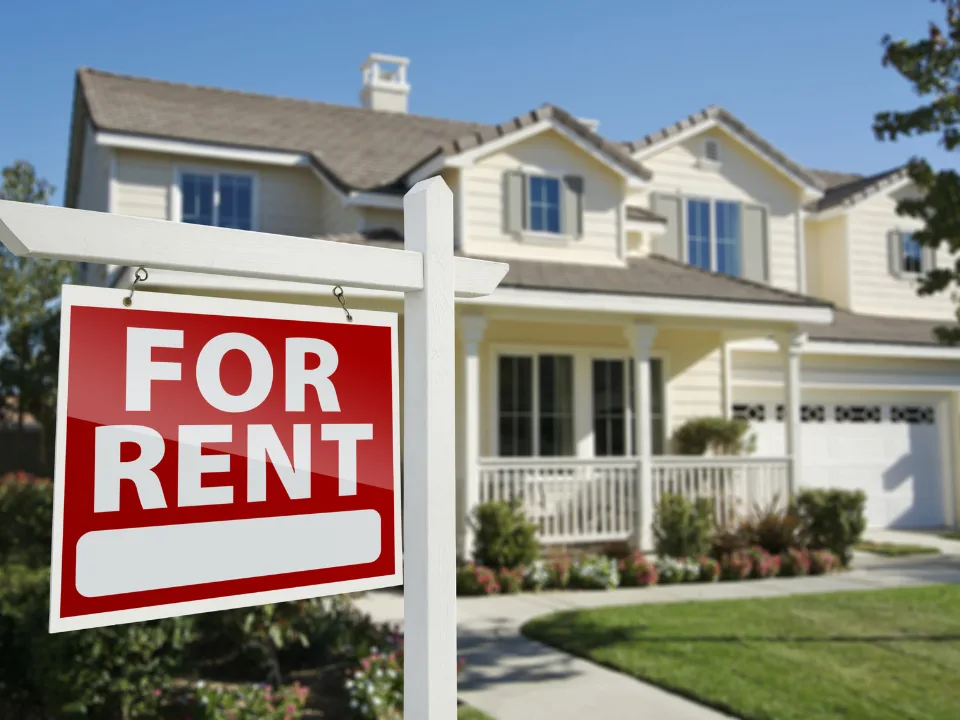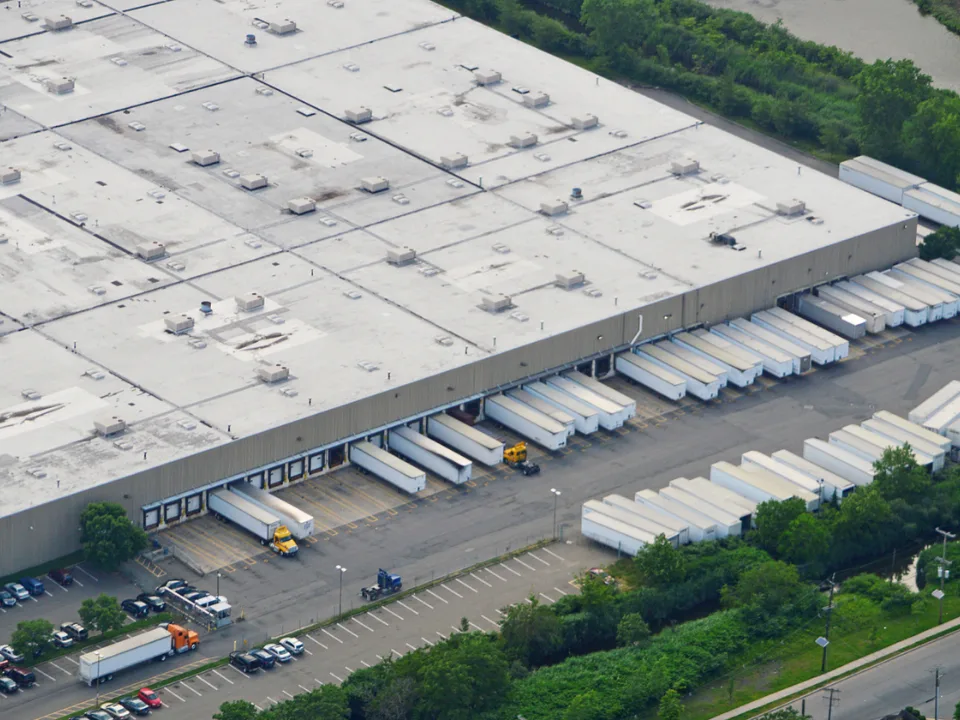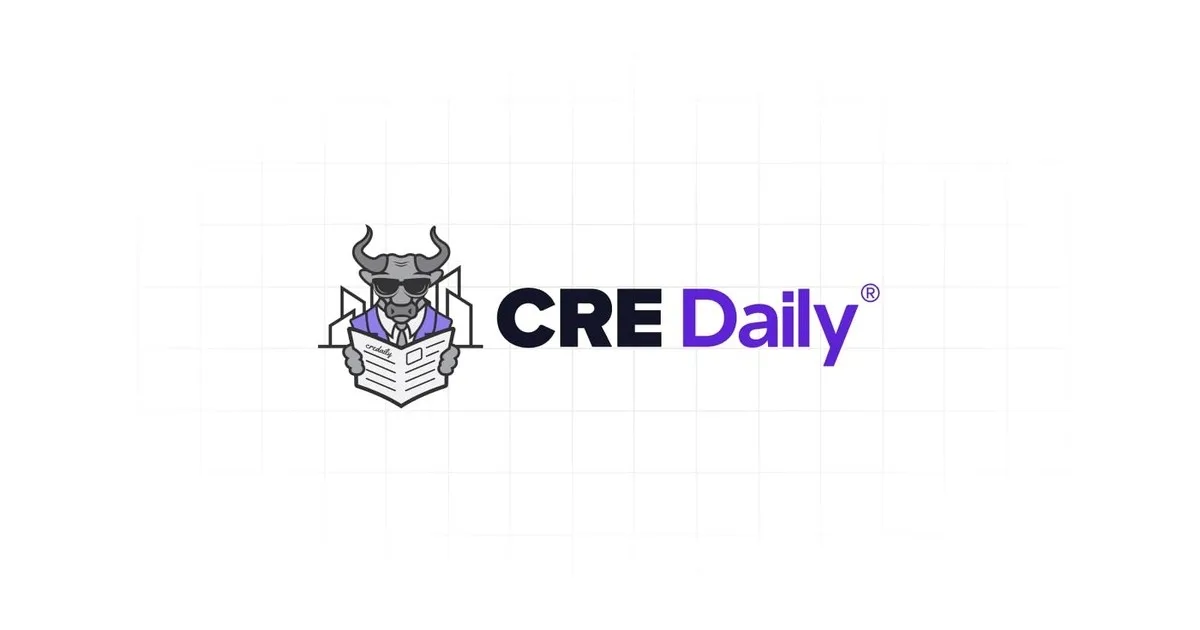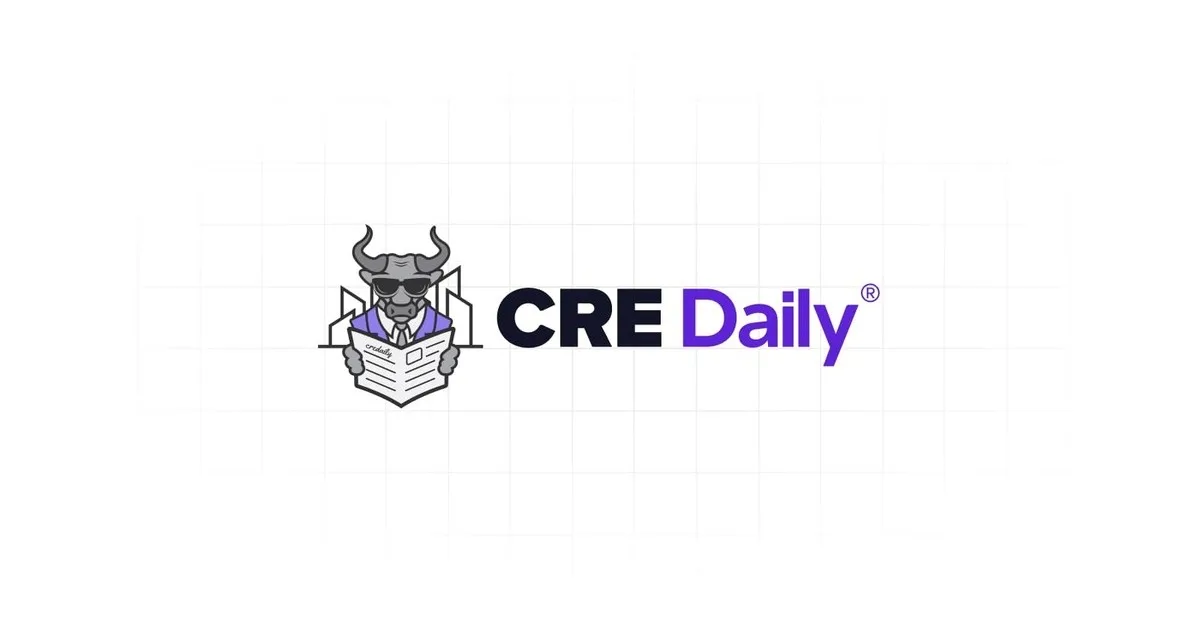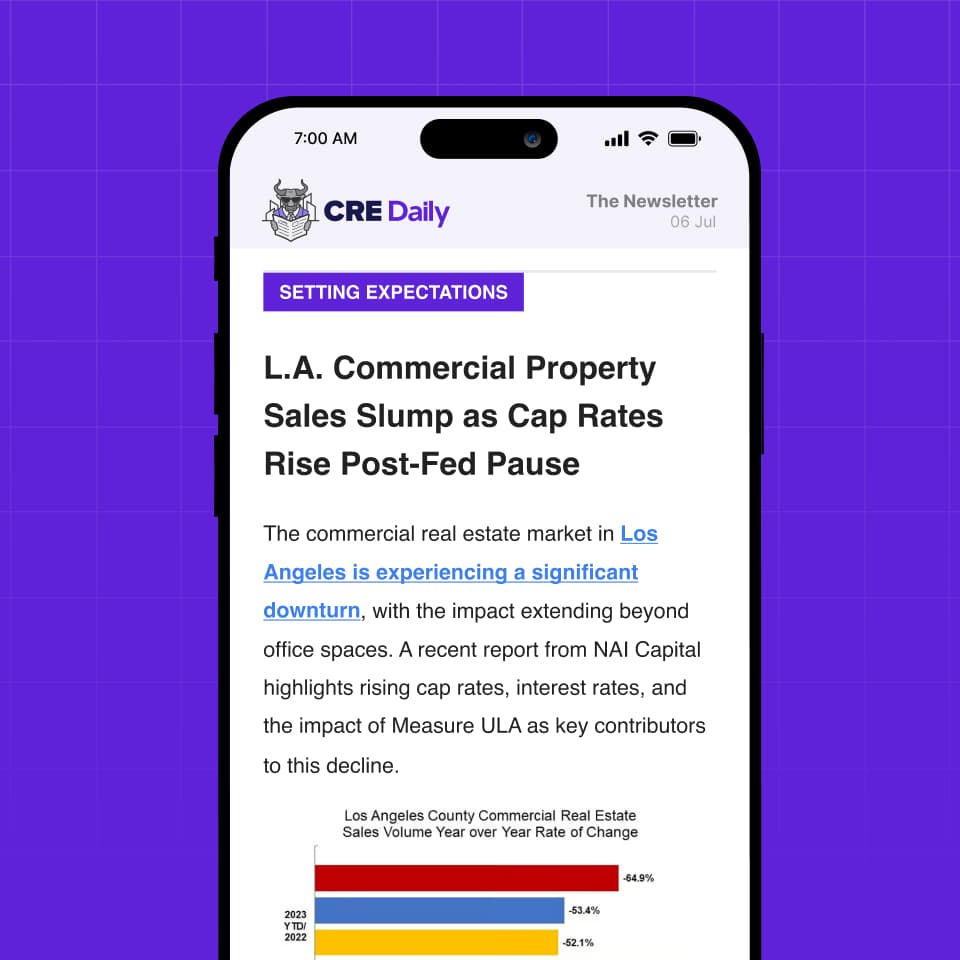- The US multifamily market absorbed 138K+ market-rate units in Q125 — the strongest first-quarter demand since RealPage began tracking.
- Over the last 12 months, nearly 708K units were absorbed nationwide, signaling a sustained rebound in renter demand.
- Q1 absorption outpaced new supply, despite nearly 577K units delivered, the second-highest quarterly total in five decades.
- Occupancy reached 95.2%, the highest since October 2022, pushing fundamentals closer to long-term norms.
- Modest rent growth resumed, led by Midwest and Rust Belt markets, while oversupplied Sun Belt cities continued to see pricing pressures.
Demand Outpaces Supply Amid Historic Delivery Volumes
Apartment demand in early 2025 was nothing short of historic. Per GlobeSt, more than 138K market-rate units were absorbed between January and March, making it the most active Q1 for leasing in more than 30 years, according to RealPage.
That demand comes on the heels of three strong quarters in a row, totaling 708K units absorbed over the past year — a figure reminiscent of the pandemic-era rental surge in 2022.
What makes Q1 especially notable is that demand outpaced supply, despite the second-highest quarterly delivery volume in 50 years. With nearly 577K new units delivered (just behind Q424’s 589K), the sector continues to work through the largest apartment construction cycle in modern history.
Occupancy Stabilizes, Rent Growth Picks Up
As demand firmed up, national apartment occupancy reached 95.2%, a 30-month high that aligns with historical norms. This stabilization is key for a market that has spent much of the last two years absorbing record supply.
At the same time, effective rents grew by 0.75% in March and 1.1%YoY — the strongest rent growth recorded since June 2023. Every one of the 50 largest apartment markets posted positive monthly rent growth in March, a signal that seasonal momentum may be taking hold.
Get Smarter about what matters in CRE
Stay ahead of trends in commercial real estate with CRE Daily – the free newsletter delivering everything you need to start your day in just 5-minutes
Regional Trends: Midwest Gains, Sun Belt Softens
Midwest and Rust Belt markets led the charge in rent growth, with Kansas City, Chicago, Pittsburgh, San Jose, and Cincinnati topping the list of annual rent gains.
By contrast, oversupplied Sun Belt metros continued to see rent cuts, particularly in:
- Austin
- Phoenix
- Denver
- Atlanta
- Jacksonville
Still, even these metros showed positive rent growth in March, suggesting the worst of the pricing correction may be behind them as the spring leasing season heats up.
Why It Matters
The Q1 absorption surge confirms that renter demand remains strong, even amid economic uncertainty and elevated supply. The rebalancing of supply and demand — particularly as new construction starts slow in 2025 — could help stabilize fundamentals further and set the stage for more consistent rent growth.
What’s Next
With Q1 off to a record-setting start and rent momentum building into the prime leasing season, multifamily operators may be in for a more favorable 2025. Still, regional differences will persist, particularly in high-supply Sun Belt markets, where rent recovery may lag until absorption catches up fully with deliveries.
